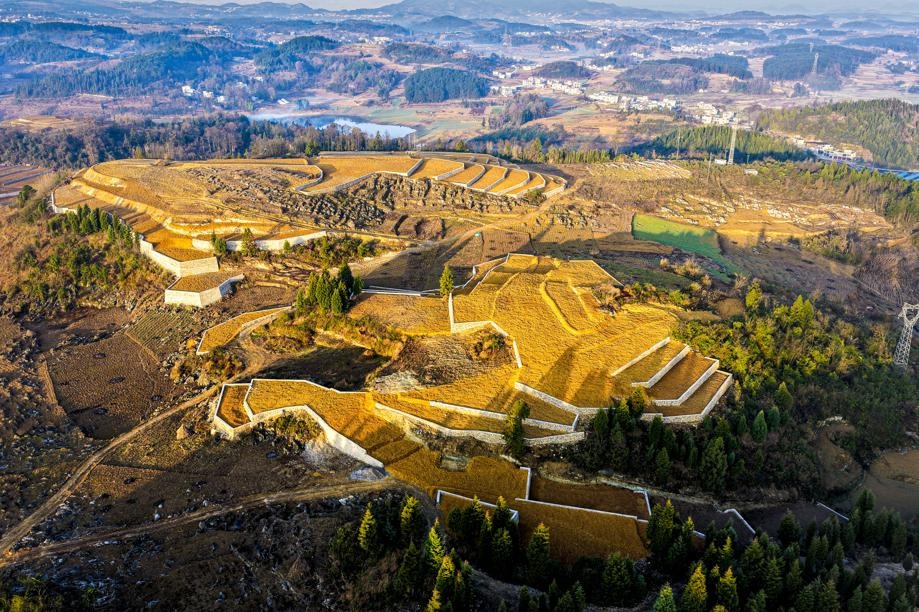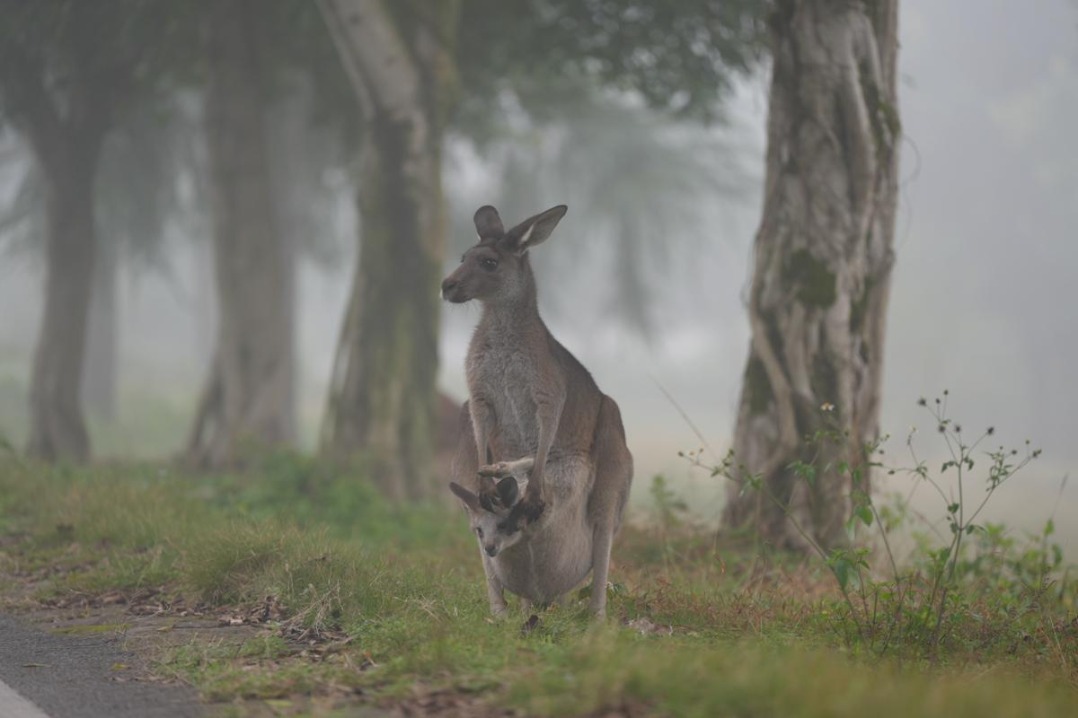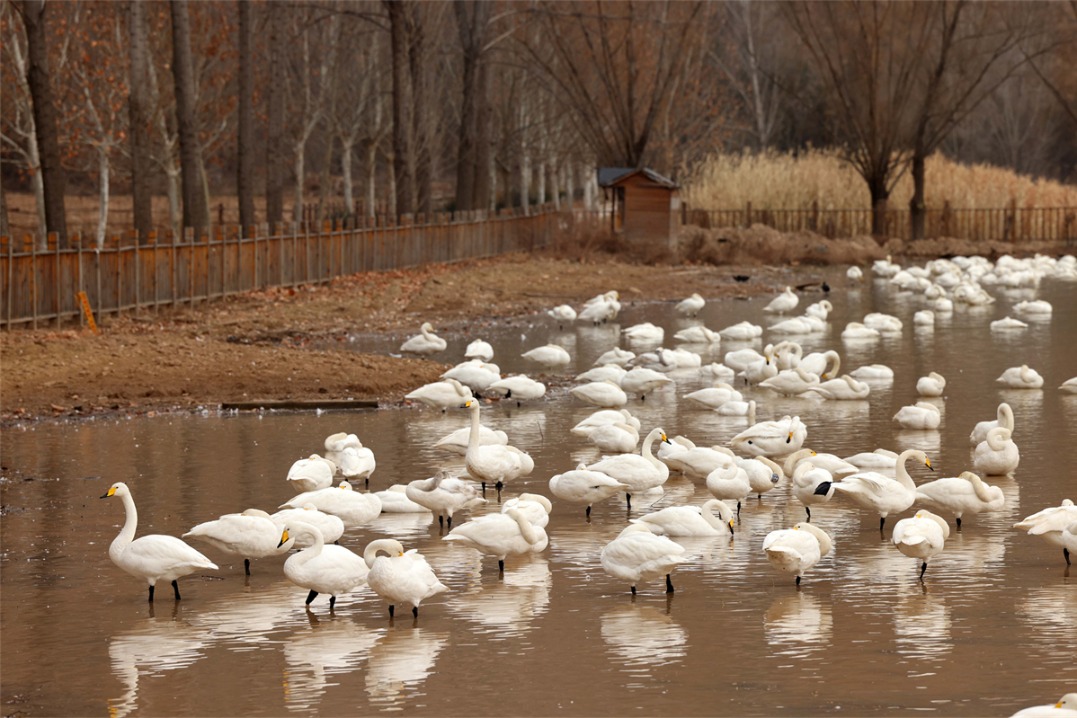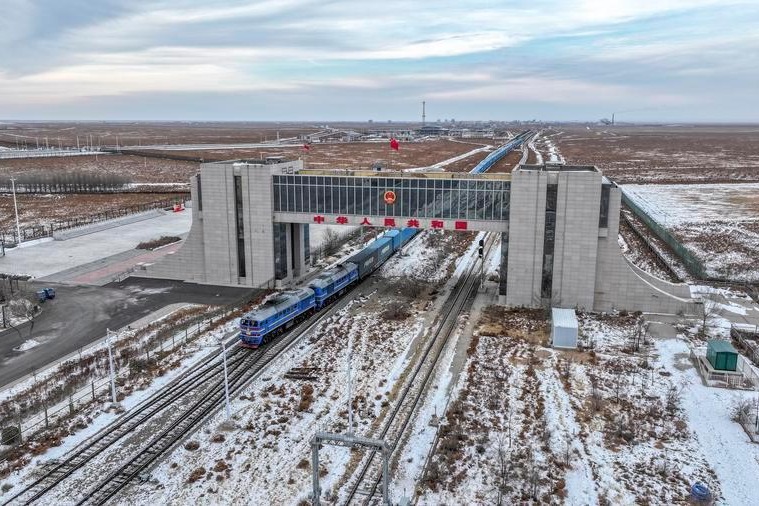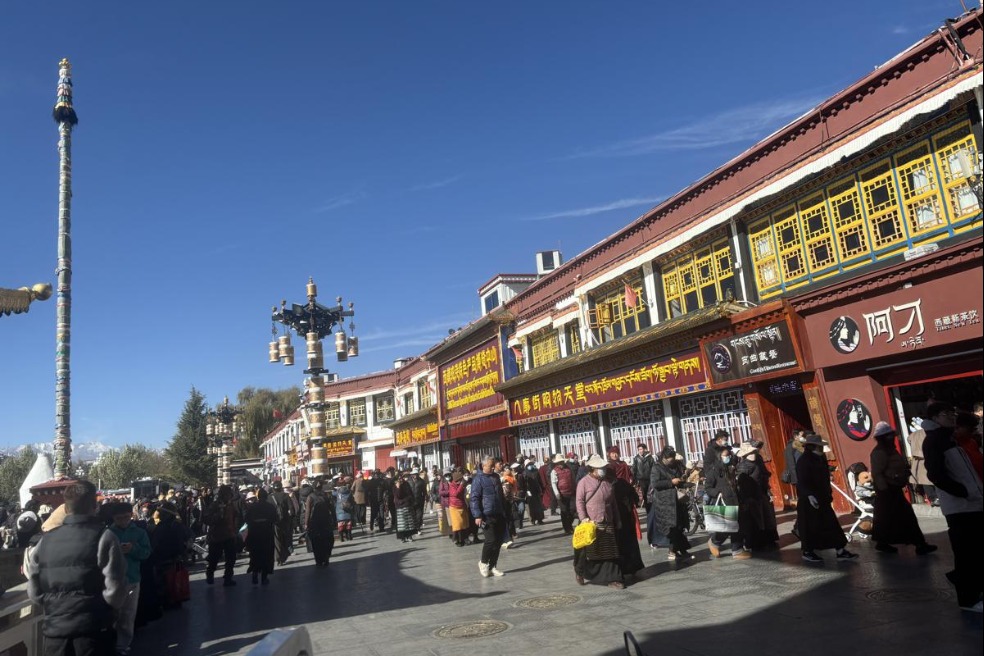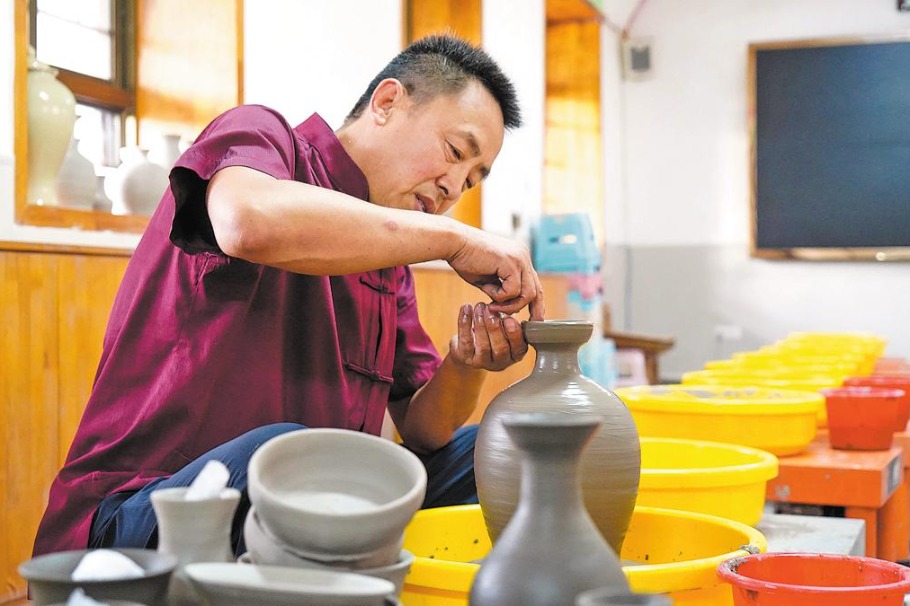Tiangong returns key samples for health and materials research

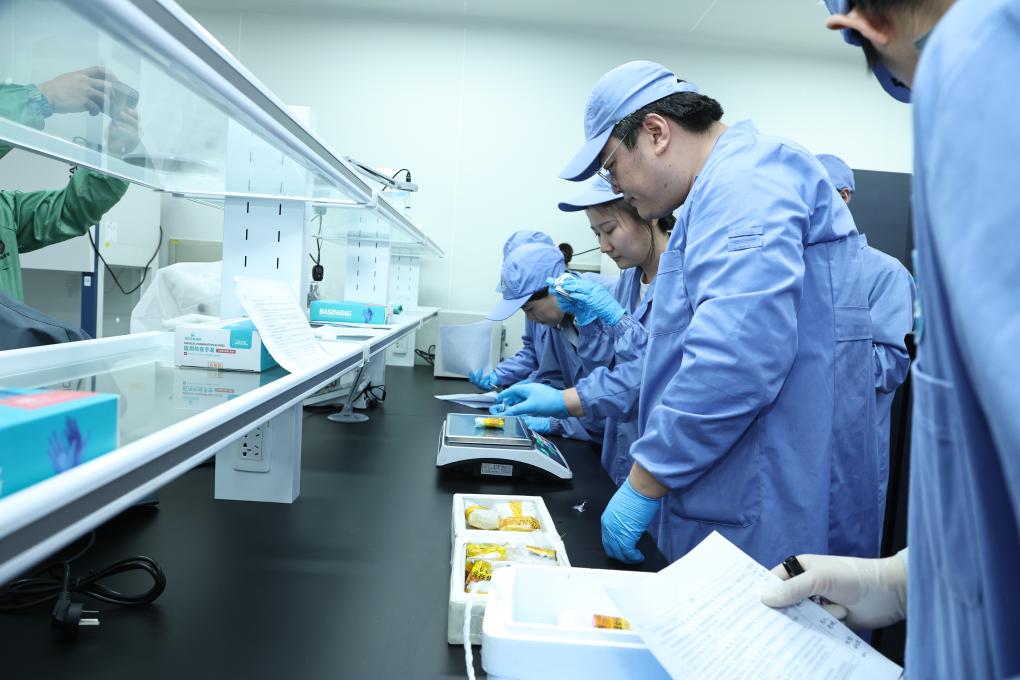
The eighth batch of scientific samples from China's Tiangong space station, weighing 37.25 kilograms, returned to Earth aboard the Shenzhou-19 spacecraft on Wednesday, offering crucial insights into human health in space and next-generation materials for deep-space exploration.
The batch includes 25 experiments in life sciences, materials science and space technology, featuring 20 types of biological specimens — the most diverse collection retrieved since the station began operation. Among the specimens are human stem cells, animal embryos, bone cells and fruit flies, which were quickly transported to the Technology and Engineering Center for Space Utilization in Beijing for analysis.
Scientists will study how microgravity and space radiation affect bone loss, cancer risks and early embryonic development, with findings expected to improve health safeguards for astronauts and advance medical research on Earth, according to the center.
Materials science experiments with tungsten-based alloys, semiconductor crystals and lunar soil reinforcement compounds, will arrive in Beijing later. Researchers aim to decode how space conditions enhance material properties, potentially revolutionizing manufacturing for jet engines, moon habitats and self-deploying solar arrays.
The mission underscores China's progress in leveraging space research to address challenges from astronaut health to sustainable deep-space infrastructure. As Tiangong enters its fifth operational year, such studies pave the way for more ambitious missions to the Moon and beyond.
- Beijing makes it easier for families to buy property
- Authorities spotlight 10 landmark court cases to emphasize marital, family harmony
- Beijing eases home purchase restrictions for non-locals
- Veteran diplomat named spokesman for fourth session of CPPCC's National Committee
- Giant panda talks with Taiwan called 'wishful thinking'
- 5.8-magnitude quake jolts Taiwan: CENC
















